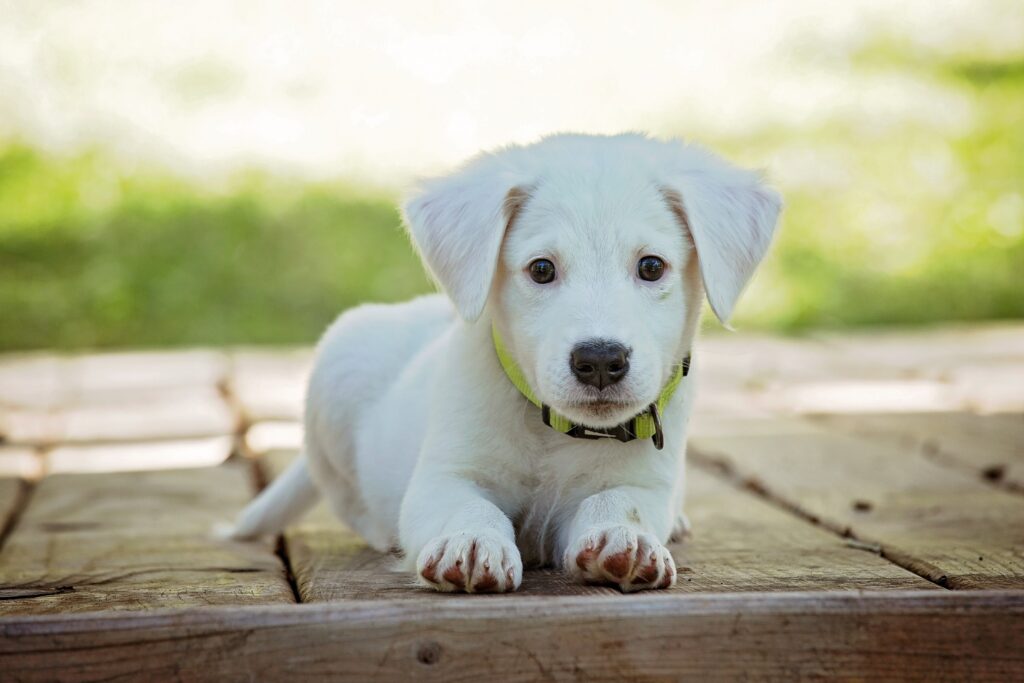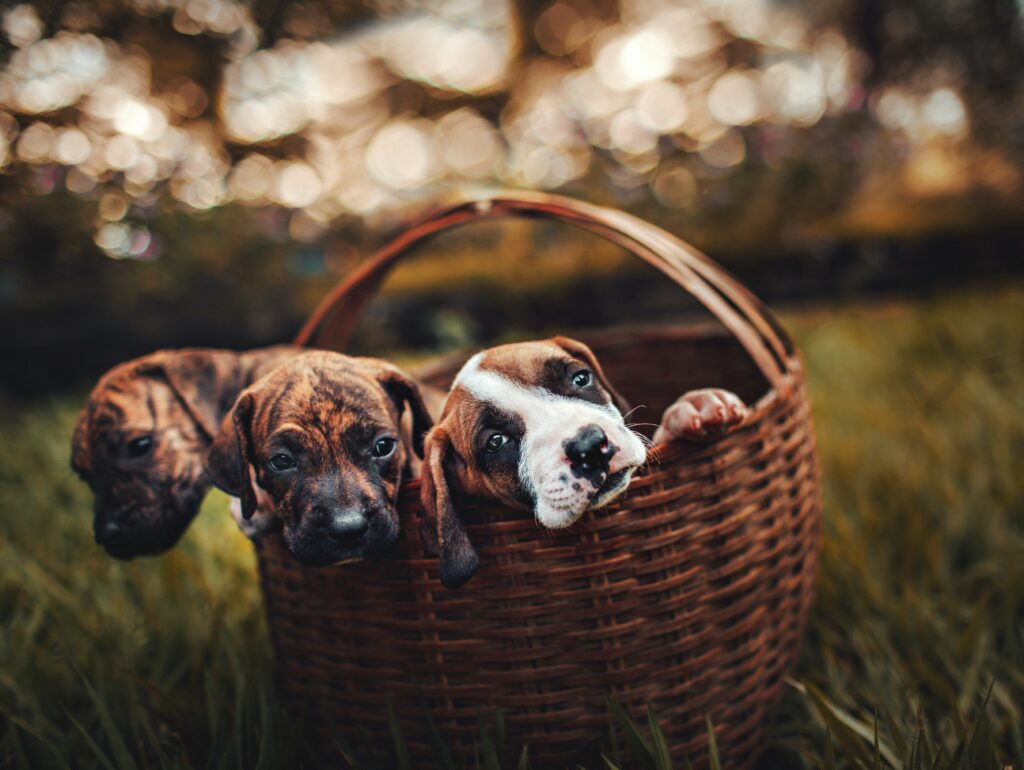If you’re one of the many pet parents struggling with toilet training, fear not! We understand the challenges that come with this important aspect of raising a new puppy. In this comprehensive guide, we will share five effective hacks that will help you toilet train your puppy in just one week. These innovative techniques, combined with patience and consistency, will set you and your furry friend up for success. Let’s dive right in!
Hack 1: Preventing Accidents Inside the House
The fastest way to toilet train a puppy is to prevent accidents from happening in the first place. Dogs, especially puppies, learn through the behaviours they are allowed or not allowed to engage in. To stop accidents, avoid bringing your puppy back inside immediately after they’ve eliminated outside. Young puppies often haven’t fully learned how to empty their bladder on the first go. It’s crucial to give them a chance to relieve themselves multiple times during each toilet break.
When you take your puppy outside, choose a designated toilet area in your yard. This consistency helps them associate that specific spot with toileting. Use a verbal cue like “Go toilet” or “Do your business” while they’re eliminating, so they begin to understand the connection between the cue and the action.
If your puppy doesn’t eliminate after a reasonable amount of time, bring them back inside but keep a close eye on them. Watch for signs that they may need to go, such as sniffing the ground, circling, or showing restlessness. If you notice any of these behaviours, quickly take them back to the designated toilet area outside.

Hack 2: No Accidents in the Crate
It’s essential to establish a routine that ensures your puppy doesn’t have accidents in their crate. By allowing your puppy to toilet in their crate, you inadvertently teach them that it’s acceptable behaviour. To avoid this, take your puppy outside every one to four hours, depending on their age and size.
If your puppy is young, they can typically hold it for three to five hours. However, be mindful that puppies may need to go more frequently if they’ve recently eaten or drunk water. During the night, it’s recommended to wake your puppy up every two to four hours, as they may not alert you when they need to go toilet.
When it’s time to put your puppy in the crate, make sure it’s a comfortable and inviting space for them. A crate that is too large may tempt your puppy to eliminate in one corner and sleep in another. Choose an appropriately sized crate that allows them to stand, turn around, and lie down comfortably.
Hack 3: Limit Freedom and Exposure Inside the House
To facilitate effective toilet training, limit your puppy’s exposure and freedom within your home until they are fully trained. Using baby gates or playpens can help restrict their access to certain areas. By confining them to a specific space, such as the dining area, living room, or a playpen, you can closely monitor their activities and behaviours. This allows you to be more attentive and intervene promptly if they show signs of needing to go toilet, such as sniffing the ground, walking in circles, or looking around restlessly.
Gradually expand their access to other areas of the house as they demonstrate consistent toilet training progress. It’s important to supervise them closely during this phase and be ready to redirect them to the designated toilet area if needed.
Hack 4: Distinguish Toilet Break Time from Playtime
Differentiating toilet break time from playtime is crucial for effective toilet training. Dogs that love being outside may learn that going toilet results in extended playtime. To avoid this confusion, make toilet breaks more focused and less engaging. When you take your puppy outside for a toilet break, refrain from engaging in intense play. Use a marker command like “yes” to indicate when they’ve done their business, and reward them calmly. By maintaining a clear distinction between toilet breaks and playtime, your puppy will understand the purpose of each outing.
After your puppy has eliminated, you can engage in playtime and reward them with extra attention and play. This positive association reinforces the idea that going toilet first leads to enjoyable activities.
Hack 5: Avoid Punishment and Focus on Positive Reinforcement
While accidents may happen during the toilet training process, it’s essential to avoid punishing your puppy for them. Punishment, such as rubbing their nose in the urine or yelling, can create fear and anxiety, hindering the training progress. Instead, take your puppy outside immediately if you catch them having an accident inside. Clean up the area using enzymatic cleaners, and ensure your puppy doesn’t witness any negative reactions from you. Positive reinforcement, such as rewards and praise for successful toilet breaks, will motivate and encourage your puppy to continue their progress.
Whenever your puppy eliminates in the designated toilet area, offer immediate praise, gentle petting, and a small, tasty treat as a reward. Consistency is key, so make sure to reward them every time they exhibit the desired behaviour. This positive reinforcement helps them understand that going toilet in the right place is highly rewarding.

So what’s the take away?
Toilet training a puppy requires patience, consistency, and a well-structured approach. By implementing the five innovative hacks discussed in this guide, you can effectively toilet train your new furry companion in just one week. Remember to prevent accidents inside the house, establish a no-accident policy in the crate, limit your puppy’s freedom, distinguish toilet break time from playtime, and focus on positive reinforcement instead of punishment. With these techniques, you’ll set your puppy up for success and strengthen the bond between you. Happy toilet training!
